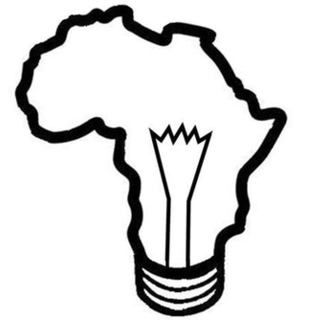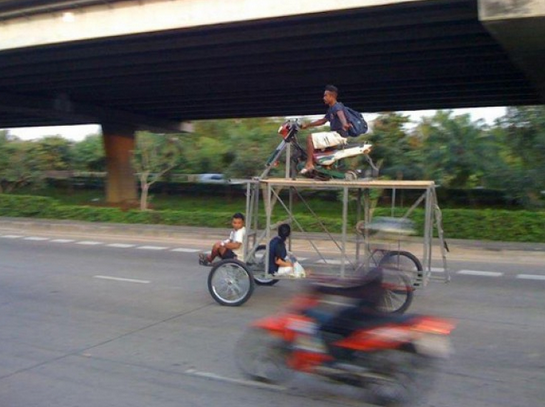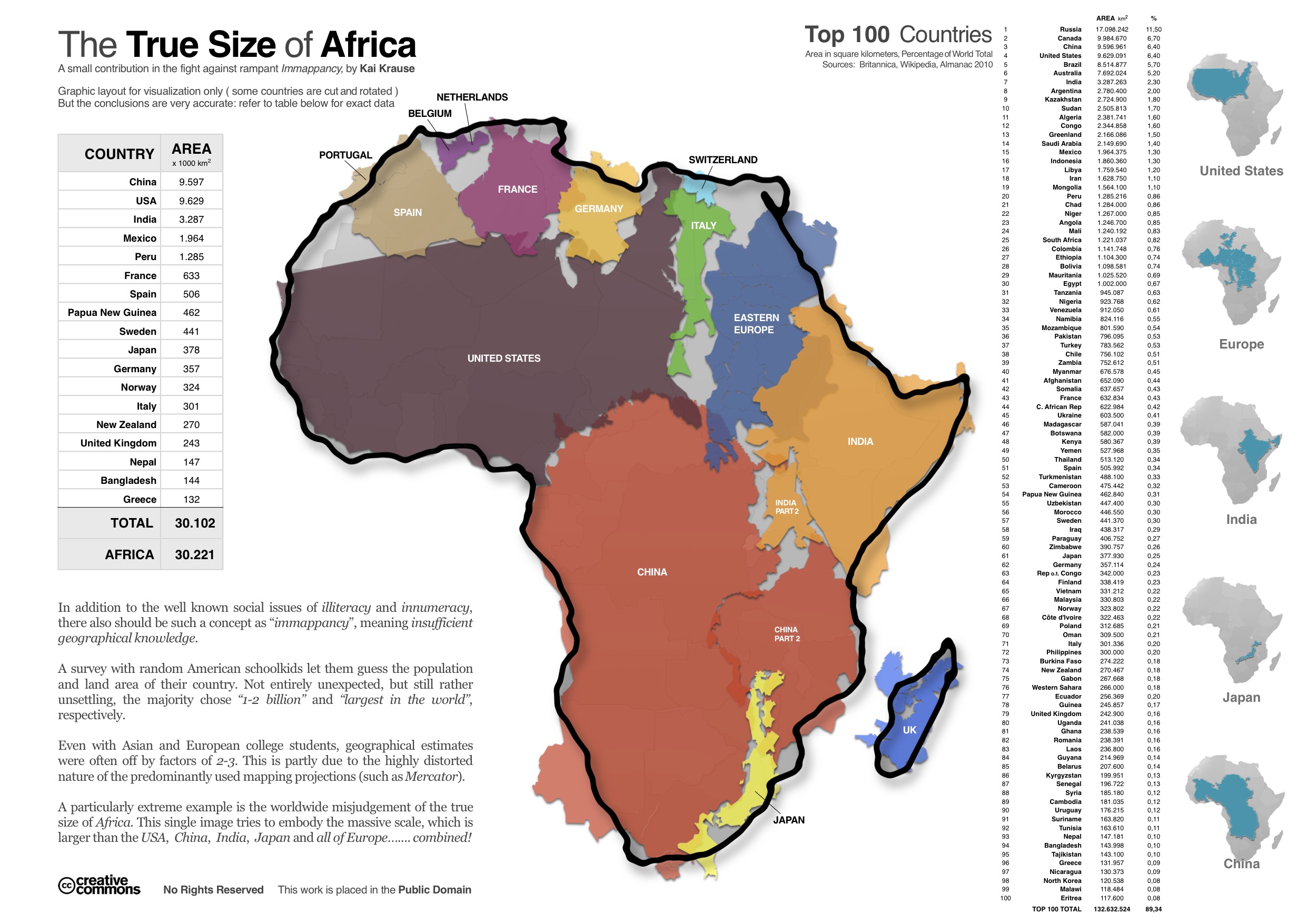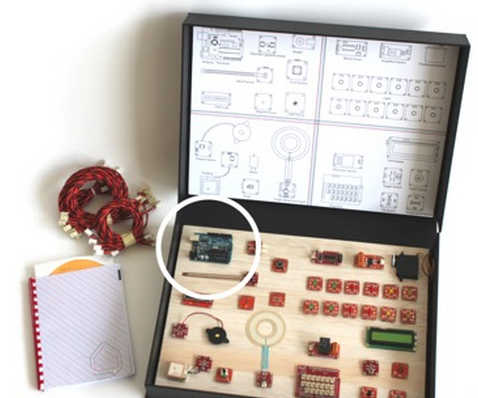Recently I was asked a few questions by Traintool about using training softs skills online. Below the questions and answers (the original is here, the session was in Dutch which is available here):
1. To what extent to you believe soft skills can be trained online?
“Believe” is probably the right verb for this question. Learning technology is still too often driven by opinions. Having said so, I definitely believe in it. First: a lot of soft skills have become online skills: how you behave in an online community, how you share knowledge through microblogging, or how you can be a good team member in an international virtual team. Additionally, it’s perfectly possible to practice all sorts of soft skills online. I see a natural increase of the “fidelity” of the practice process: from practicing in simple webchats, to practice in teleconferences, to practice with webcams or maybe even telepresence spaces. Finally, I think good design enables training of all sorts of skills.
2. What developments in the field of online training of soft skills do you find most promising? Can you name an example?
The biggest “opportunity space” is gaming. Recently I have been investigating two examples of games that try to train soft skills online:
- X-Team is a 3D game in which you have to visit as many pagodes as possible, before getting to the finish line in time. These pagodes are at islands that can only be reached through bridges. Each bridge can only be crossed a limited number of times (you are with 12, but only 6 people can cross the bridge, wat do you do?). Everything is measured, making it easy to guide a teambuilding process through facilitation and adjusting the game’s parameters.
- Code 4 from Hubbub and Demovides is a game that is played in runs of three weeks. This video explains the game (Dutch):
[vimeo http://vimeo.com/35308894]
3. What do you think is the biggest challenge in training soft skills online?
Practice is key in developing skills, so that’s the biggest challenge: How do you get people to do what they find really difficult? How do you get them beyond their fear of trying new behavior? Well developed games might just be the solution to this.
4. In the evolution of learning, are there things you hope/desire and/or you’re afraid of? Alan Kay has a famous definition of technology: “Technology is everything that didn’t exist when you were born”. His pal Danny Hillis has an even better definition: “Technology is everything that doesn’t work yet”. We no longer call an elevator, technology. So I’m looking forward to seeing things we still call technology, actually work. For a nice example of how that could look like for smartphones with apps, read this (under “Why Mobile Apps Must Die”).
Being afraid is not something that fits in with how I look at life. I think we, as people, will always figure out our relationship with technology. But if I have to name something, I worry about the integrity of the Internet with the web as a platform for innovation on top of it. The five ”stacks” (as Bruce Sterling calls them): Amazon, Apple, Google, Microsoft and Facebook are all working hard to build closed ecosystems. We are going to suffer from this in the coming years and it will probably really have to hurt before these silos will be opened up.
5. What weblogs, people or organisations inspire you?
The person I learn a lot from is Stephen Downes. He writes a daily newsletter about this things he, as a philosopher, technologist and education theorist, finds interesting. His newsletter is published under a Creative Commons license and you can freely subscribe. Additionally, I keep a close eye on George Siemens and the Internet Time Alliance and I try to make time to read Audrey Watters: a learning technology journalist with a punk attitude. I keep on top of internet technology in general by listening to Guardian Tech Weekly and the shows of Leo Laporte (especially This Week in Tech). Thinkers such as Clay Shirky, Yochai Benkler, Lawrence Lessig and Douglas Rushkoff guide me.
One of my personal heroes is Martin Dougiamas, inventor of Moodle. It’s his natural leadership and personal character that have made Moodle as succesful as it is today, making even a giant such as Blackboard take notice.
Other organisations that inspire me are those that democratize education and technology in a non-commercial way. Think of Mozilla architects of the open internet (they also have a learning outfit and work hard at an Open Badges infrastructure), or the Peer 2 Peer University, Tactical Technology Collective and Ushahidi. It is no coincidence that all these projects are open-source. I believe in the value of open-source a lot, from a practical and a moral standpoint.




